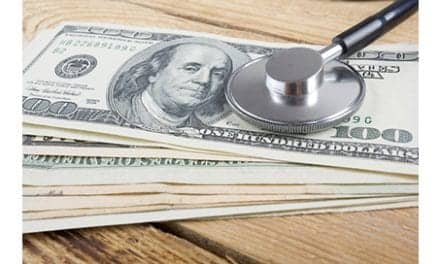.png)
In results from one the new studies, lead author Brian Noga, PhD, The Miami Project to Cure Paralysis, University of Miami, demonstrates that in rat models, nervous systems tracts left intact however nonfunctioning following SCI appear to have the ability to be reactivated through deep brain stimulation in an effort.
An addition study published by Sean Dukelow, MD, PhD, senior author, Hotchkiss Brain Institute, University of Calgary, also suggest that undergarments wired to deliver tiny electrical currents intended to contract the paralyzed buttock muscles to mimic the natural fidgeting of an able-bodied individual might help prevent painful pressure sores.
In a third study Yang D. Teng, MD, PhD, senior author, Harvard Medical School, Veterans Affairs Boston Healthcare System, notes that carbon monoxide’s anti-inflammatory effects appear to accelerate healing in rats with SCI. Researchers note that this could potentially be achieved by altering the balance of immune cells and limiting the damage caused by free radicals.
The final round of results stem from a study authored by Adam Hinzey, Ohio State University, lead author. The study’s results indicate that social contact may play a role in lessening the pain that follows peripheral nerve injury. Researchers add that a new mouse study correlates the results, highlighting the correlation with healing social behavior with biochemicals in the brain and spinal cord.
Jacqueline Bresnahan, PhD, University of California, San Francisco, expert on nervous system trauma caused by SCIs, served as press conference moderator, and adds that, “Today researchers are finding ways to intervene in the cascade of molecular changes that follow SCI. From understanding immune cell response to the healing power of social contact, researchers are finding new ways to treat and rehabilitate patients.”
To read each study in full, click [removed]here[/removed].
Source: Society of Neuroscience




